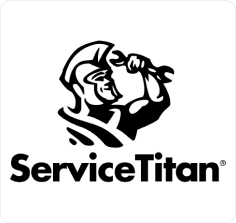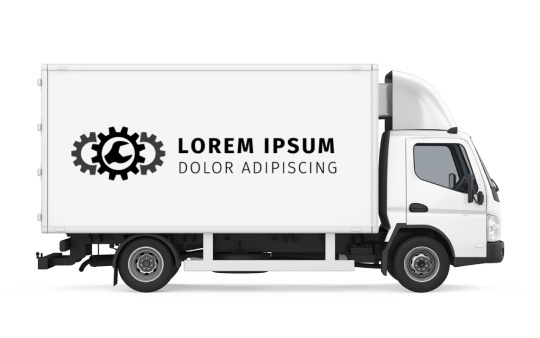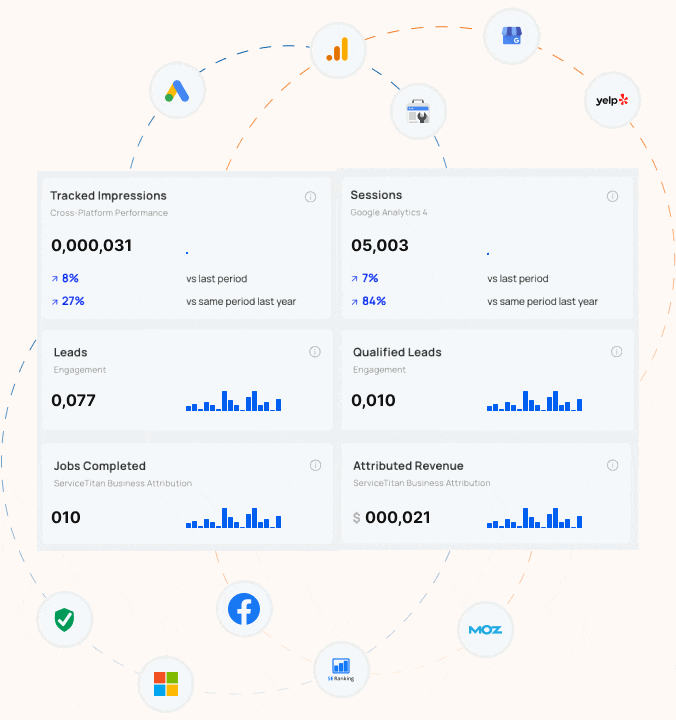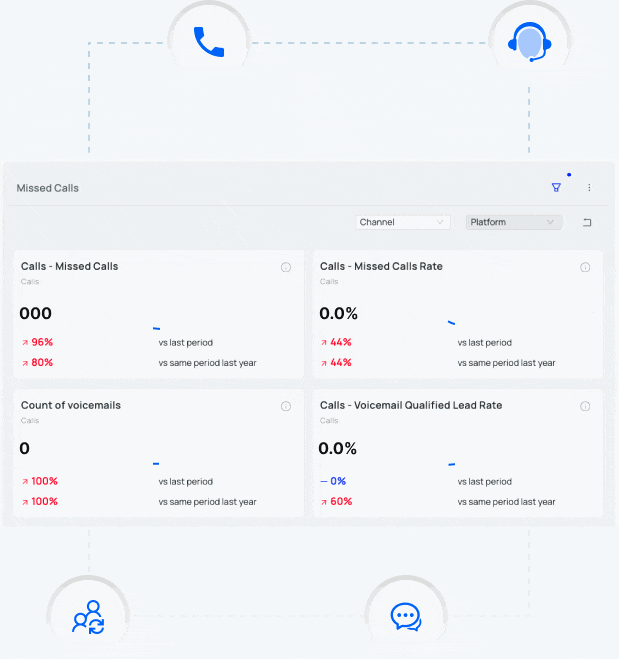
If you’re reading this blog post, you probably understand the importance of having content on your company’s website in order to be found and ranked by search engines for common keywords and phrases your potential customers are using. Although most business owners we work with are quick to grasp why they need content on their website, it’s never as easy to explain how much content they need on their website.
We get it.
For many business owners, the thought of creating hundreds of unique website pages is extremely daunting. Writing a lot of website content takes effort. In addition, large blocks of uninterrupted text on a screen can be just plain intimidating for your site users.
 Regardless of whether or not your potential customers cling to your every written word, they still need SOME content—well-written, compelling content—in order to make an educated decision on your product or service. About 70 percent of consumers prefer to learn about a product or service through articles and content rather than ads, and 60 percent of them won’t purchase from a brand with poorly written content, overly personalized content, or content that isn’t optimized for mobile.
Regardless of whether or not your potential customers cling to your every written word, they still need SOME content—well-written, compelling content—in order to make an educated decision on your product or service. About 70 percent of consumers prefer to learn about a product or service through articles and content rather than ads, and 60 percent of them won’t purchase from a brand with poorly written content, overly personalized content, or content that isn’t optimized for mobile.
 Google understand people like to do their own research. Google also understands that users want to read well-written content that answers all the questions they could have about a specific problem or topic. That’s why content length, amount, and quality are all search engine ranking factors.
But, the question remains—how much is the right amount to rank in search engines? Let’s first examine how much content your customers need (after all, they pay your bills), and then we’ll discuss how much content the search engines need.
Know you need help creating awesome website content? Contact us—we’ll handle it for you.
Google understand people like to do their own research. Google also understands that users want to read well-written content that answers all the questions they could have about a specific problem or topic. That’s why content length, amount, and quality are all search engine ranking factors.
But, the question remains—how much is the right amount to rank in search engines? Let’s first examine how much content your customers need (after all, they pay your bills), and then we’ll discuss how much content the search engines need.
Know you need help creating awesome website content? Contact us—we’ll handle it for you.

 Regardless of whether or not your potential customers cling to your every written word, they still need SOME content—well-written, compelling content—in order to make an educated decision on your product or service. About 70 percent of consumers prefer to learn about a product or service through articles and content rather than ads, and 60 percent of them won’t purchase from a brand with poorly written content, overly personalized content, or content that isn’t optimized for mobile.
Regardless of whether or not your potential customers cling to your every written word, they still need SOME content—well-written, compelling content—in order to make an educated decision on your product or service. About 70 percent of consumers prefer to learn about a product or service through articles and content rather than ads, and 60 percent of them won’t purchase from a brand with poorly written content, overly personalized content, or content that isn’t optimized for mobile.
 Google understand people like to do their own research. Google also understands that users want to read well-written content that answers all the questions they could have about a specific problem or topic. That’s why content length, amount, and quality are all search engine ranking factors.
But, the question remains—how much is the right amount to rank in search engines? Let’s first examine how much content your customers need (after all, they pay your bills), and then we’ll discuss how much content the search engines need.
Know you need help creating awesome website content? Contact us—we’ll handle it for you.
Google understand people like to do their own research. Google also understands that users want to read well-written content that answers all the questions they could have about a specific problem or topic. That’s why content length, amount, and quality are all search engine ranking factors.
But, the question remains—how much is the right amount to rank in search engines? Let’s first examine how much content your customers need (after all, they pay your bills), and then we’ll discuss how much content the search engines need.
Know you need help creating awesome website content? Contact us—we’ll handle it for you.
How Much Content Do My Customers Need?
So what is the minimal amount of content you can have on your site to make sure it’s still effective? In “Copy Hacker’s 30 Days of Persuasion” e-book, the book’s authors write that this is actually the wrong question to ask. The right question is: “When my users are on my site and are trying to find a product without wasting their time sorting through content, how much copy is enough copy… and how much is too much?”Who Is Your Target Audience?
In order to understand whether you have too little or too much content, you need to understand who your target audience is. According to Copy Hackers, there are two primary groups of consumers: Maximizers, who seek out content and options to help them make the best decisions possible Satisficers, who feel more rushed and are willing to make adequate (as opposed to the best) decisions in order to save time If your target audience is primarily the latter, you can get away with less content. Maximizers, however, need enough content to know that your products or services are the best ones out there.How Much Content Do I Need to Rank in Search Engine Results?
So how much content do search engines need? Based on everything we know about how the search engines rank websites organically, Blue Corona built a piece of software to crawl, analyze, and score various websites based on all the measurable SEO ranking factors. All in all, we’ve reviewed more than 15,000 company websites One of the things we found is that websites that rank well organically tend to have a lot of text-based content on each page of their website. Ideally, you should have a landing page on your website for each of the specific products or services you offer, as well as a supporting blog posts and FAQs that answer any questions your potential customers likely have. The best websites have thousands of pages. Having 20 isn’t going to cut it. As far as how many words you need to rank, the average number hovers around 2,400. For more niche industries, that number goes down to around 1,600 words per page.
Why Investing in Website Content is A Smart Idea
Traditional advertising and marketing campaigns don’t produce the results it once did. Today’s consumer has a library of information at their fingertips—easily accessible from their laptop or smartphone. Consider these statistics:- Small businesses with blogs get 126 percent more lead growth than small businesses without
- 82 percent of consumers feel more positive about a company after reading custom content
- Content marketing generates over three times as many leads as outbound marketing and costs 62 percent less

















